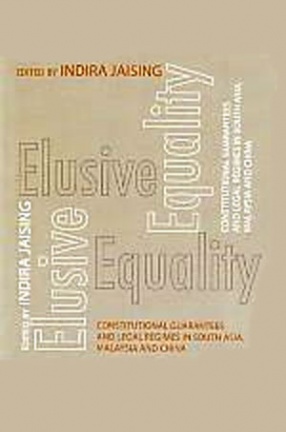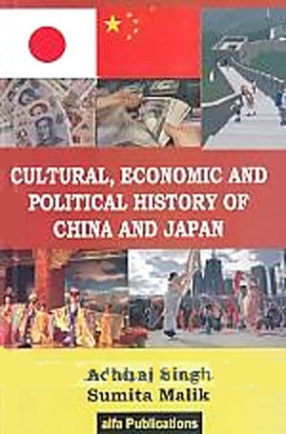
China

221 books
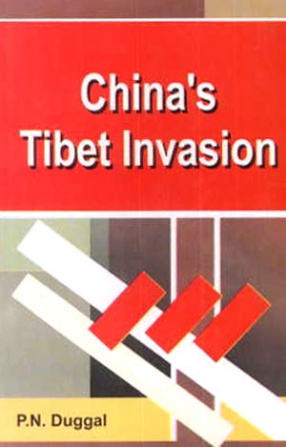
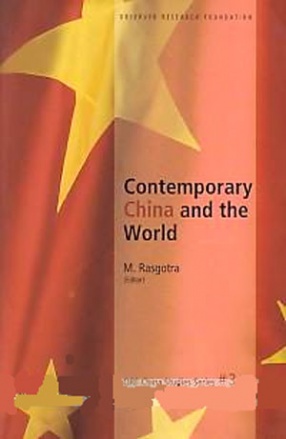
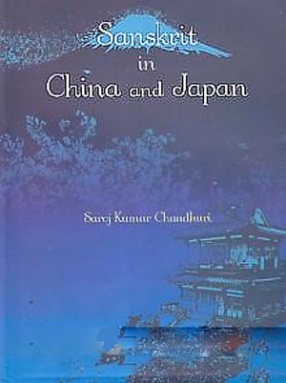
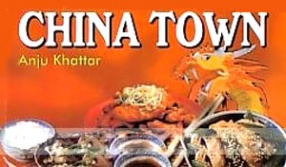
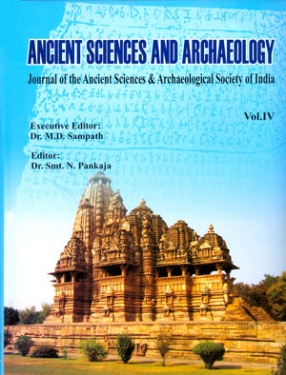
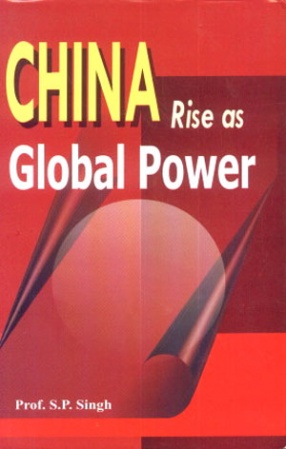
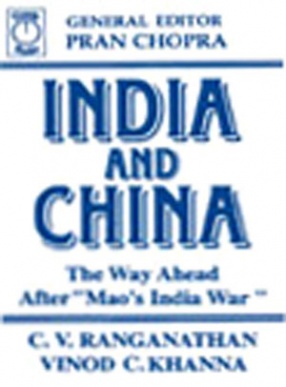
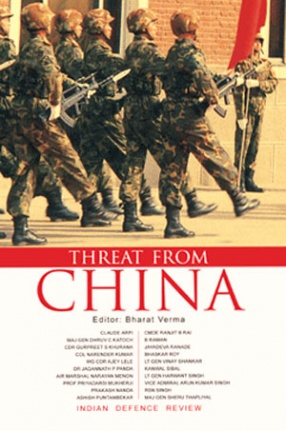

Traditional Chinese culture covers large geographical territories with each region is usually divided into distinct sub-cultures. Until 1700 China's material culture had been unrivalled, its standard of living was among the best in the world, and inventions flowed more commonly from east to west than vice versa. The song dynasty was a culturally rich period for philosophy and the arts. Various dynasties also expanded into peripheral territories like inner ...

Tibet had been at intermittent war with various Chinese governments and other regional powers for hundreds of years before the most recent Chinese take over in 1951 with the signing of the 17 Point Agreement for the peaceful liberation of Tibet. It is difficult to determine if Tibet at this time was an autonomously administered subordinate state to China or if it was truly independent. The ancient Sino-Tibetan relations are complicated and questions remain ...

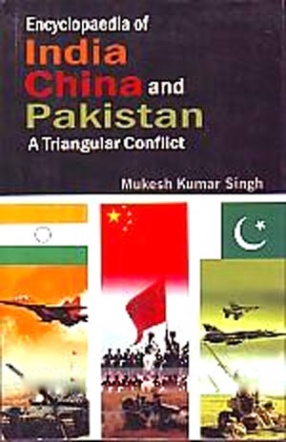

This book covers the great academic exchange that took place between Indian monks and Chinese intellectuals during the first millennium of the Christian era. Information on Sanskrit linguistics transmitted by Indian monks helped Chinese intellectuals to evolve a phonetic system to read their pictographic script. It solved one of their greatest eadaches. Introduction of the theories of Sanskrit prosody led to the innovation of a totally new genre of poems that ...
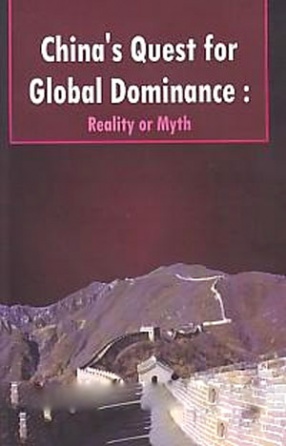
Today, the whole world is watching China with great interest and that includes India. China has been termed – a threat, a challenge, an opportunity, a concern, a competitor, the next superpower, a global player and many more things. It depends, who is looking at it and from where? In 2009, United Service Institution (USI) of India decided to commence a five years study programme on China. Towards that end, we held the National Security Seminar 2009 titled ...

Relations between China and Indian date back to ancient times. This relationship was characterized by border disputes and Sino-India war of 1962. Attempts are being made to reignite diplomatic and economic ties between the two fastest growing major economies.This book, therefore aims at providing select material and documents on this subject of growing importance. The subject is being hotely debated during seminars and conferences. New researches are coming every ...


This volume includes the articles presented on the occasion of the Fourth National Conference on Ancient Sciences and Archaeology held from 21st to 22nd July, 2010 at Kongu Arts and Sciene College, Erode. Scholars from different parts of the country took part in the academic deliberations and presented papers on various topics of Ancient Sciences and Archaeology. It was aimed at the interactions of the scholars on different issues and the recent researches done ...
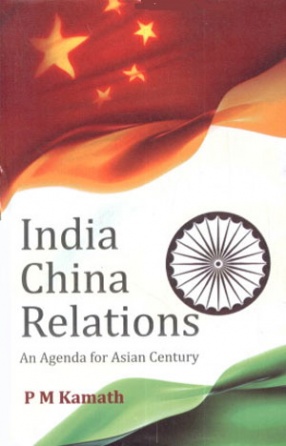
India-China Relations : An Agenda for Asian Century is based on revised, updated and edited papers submitted at a two-day national seminar organized by VPM’s Centre for International Studies (Regd) in March 2006. It is the belief of the organizers that sound bilateral relations can best be promoted, particularly when there are contentious issues among them based on historic past, by initially focusing on low political but highly people oriented issues and ...

China is striving to develop into a world power despite of questionable foreign policy. China’s arms sales and territorial disputes are causing global concerns. Her present is characterized by economic, social, environmental and political problems.This book, therefore, aims at selection of literature for our readers so as to enable them to examine and analyse legitimacy of its rise as global power. The book also includes authoritative sources on regional ...
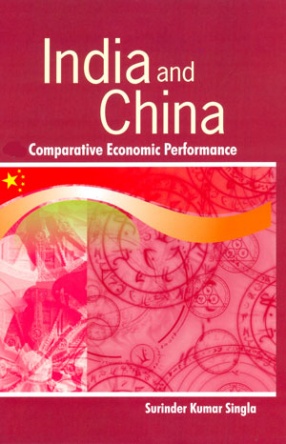
India's economic relations with China remained at low ebb after the Border War in 1962. However, economic ties between the two countries got a big boost when India initiated its economic liberalization program in early 1990s. With massive populations, India and China are the two fastest growing economies in the world. According to the much-publicized Goldman Sachs BRICS (Brazil, Russia, India, China, and South Africa) Report, India is predicted to become the ...

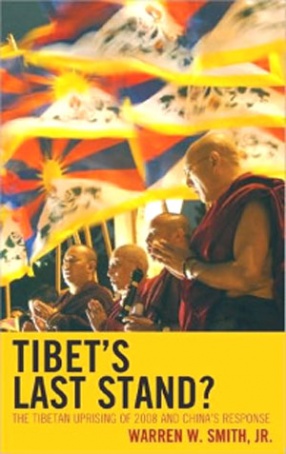
This deeply knowledgeable book offers the first sustained analysis of the 2008 uprising in Tibet, which revealed much about Tibetan nationalism and even more about Chinese nationalism. Retracing the complex history between China and Tibet, noted expert Warren Smith describes the uprising itself and explores its broader significance for Chinese-Tibetan relations. He sharply critiques China`s use of heavy-handed propaganda to recast the uprising and obscure its ...
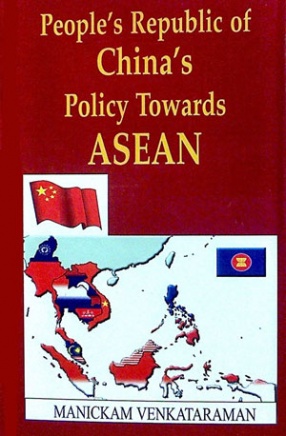
This book analyzes People’s Republic of China’s (PRC) policy towards ASEAN during 1967-1990. In a span of less than three decades, PRC’s policy had undergone sweeping changes from one of hostility in August 1967 when ASEAN as an organization was formed to one of cordiality by October 1990 when PRC established diplomatic relations with all member states of ASEAN. This study therefore reveals the inter-connecting issues by posing some basic ...
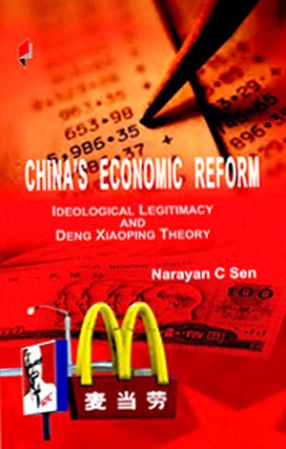
China’s economic transformation, introducing private economy, stock exchange, induction of foreign direct investment (FDI), disinvestment or total closure of state-owned enterprises and, above all, the shift from ‘planned economy’ to ‘socialist market economy’, has been a topic of wide-ranging discussion and apprehension, especially in the context of the country’s adherence to the philosophy of Marxism–Leninism and Mao ...

Nepal China Society believes that the publication of this volume is a modest effort aimed at serving academic excellence in the field of Buddhism particularly with the Chinese connection. Because the historical Buddha was born in Nepal, his teachings are of immense significance for the Nepalese and they are embedded spiritually and historically with the Nepali sentiment. However, it is no less important for people living in other parts of the globe. The aim of ...
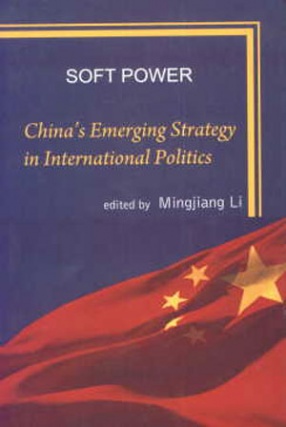
Soft power attempts to analyze the domestic and international views of China's soft power, the main strengths and weaknesses of China's soft power, and the application of soft power in China's international politics. It provides a comprehensive exploration of the soft power dimension in China's foreign relations by integrating views from various disciplines, such as history, education, culture, political economy, comparative politics, and ...
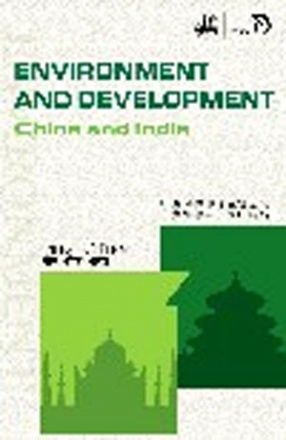
Following a trajectory of high growth, China and India face a common challenge of achieving an environmentally benign pattern of development owing to growing global issues like climate change, land degradation, and biodiversity loss. In wake of the above, the China Council for International Cooperation on Environment and Development (CCICED) and the India Council for Sustainable Development (ICSD) commissioned a joint-study, to be conducted by Chinese Academy of ...

By examining the mutual misperceptions prevalent among the leadership of both countries at that time, the authors seek to deflate the high degree of self-righteousness and charged emotions that have hither to marked discussions on the boundary dispute in both countries. India-China relations are not an all-or-nothing proposition, but a mixed bag of issues with varying degrees of solvability.Both RANGANATHAN and KHANNA speak and read Chinese and have dealt with ...
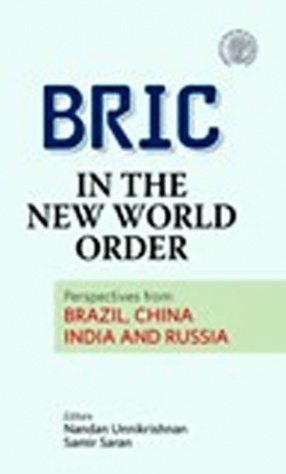
The BRIC countries are today an increasingly cohesive group of nations with a common vision and shared commitment to collaborate and shape a more equitable and prosperous world order. All four nations are leading economies, large markets and emerging knowledge creators; their interactions within the grouping, and with other nations, hold promise for their own people and for other developing countries. The BRIC country coordination at multilateral fora, such as ...

The multi-dimensional threat between 2011 and 2014 from China is real. The threat from China has crept to level ‘Orange’ for the past many years and the creeping invasion built over decades displays great features of stealth.First, they invaded and forcibly occupied independent Tibet. Subsequently, to protect their flank in Tibet, the Chinese demand that Arunachal be part of China. Theoretically, even if India hands over conveniently termed Southern ...
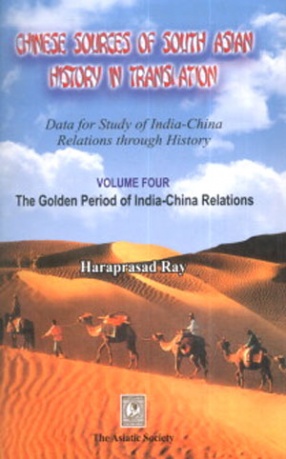
Subtitled The Golden Period of India-China Relations the work contains extremely important data on China, Central Asia and India till the middle of the tenth century AD. Of special interest are the personal relations between Emperor Harsavardhana and the Chinese Monk Xuanzang (Hiuen Tsang), the remark of the Indian emeper of after meeting the Chinese pilgrim, details about some of the accounts given by Wang Xuance, the Chinese envoy to India whose written ...
